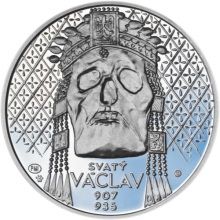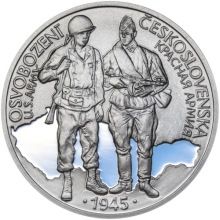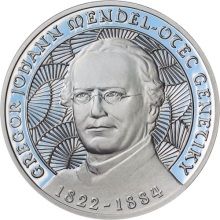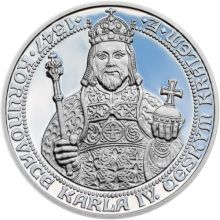The main activities of banks
HISTORY OF CZECHOSLOVAK CURRENCY.
Commercial banks in the Czech lands were universal banks that performed the function of both deposit and credit monetary institutions and founding banks. Bank capital has a strong stake in industrial, commercial and transport companies. Land and real estate trade played an important role in some institutes. New activities after the establishment of Czechoslovakia were the provision of financial transactions in exports and imports, transactions in government bonds and the activity of large banks associated in a consortium for government lending operations in international economic negotiations and transactions. Despite the expanded range of activities, the focus of banks' activities in concentrating funds and providing loans to industry, transport, wholesale and large landowners remained. Banks' funds came from funds entrusted to banks, from equity, interest, lending and service charges. The first two sources were the most important. Mainly households saved their savings on passbooks. Banks fought for depositors by offering advantageous conditions. Bank loans have become a common part of industrial and commercial business. The founding activities of banks also expanded significantly.
CONTENT
- Origin of the Czechoslovak currency.
- Monetary stabilization.
- Establishment of the central bank.
- National Bank of Czechoslovakia.
- Gold reserve.
- Economic boom.
- Depression.
- The main activities of banks.
- Development of the national economy.
- Art designs.
- Czech banking system.
- The disintegration of Czechoslovakia.
- German occupation of the Czech lands.
- Currency damage caused by the occupation.
- Preparation of post-war monetary policy.
- Inflation and monetary chaos.
- Organization of monetary relations.
- Socialization of finance.
- February 1948 and central management.
- Directive management of monetary relations.
- Monetary reform of 1953.
- Central plan.
- Isolation.
- Reform efforts.
- "Standardization".
- Economic problems.
- Economic transformation.
- Changes in monetary policy management.
- Development of the koruna exchange rate.
- Development of the banking system.
- Development in 1990-1992.
- Division of the Czechoslovak Socialist Republic.
- Origin of the Czech koruna.
- Monetary policy management.
- International cooperation.
- Monetary stabilization.
- Establishment of the central bank.
- National Bank of Czechoslovakia.
- Gold reserve.
- Economic boom.
- Depression.
- The main activities of banks.
- Development of the national economy.
- Art designs.
- Czech banking system.
- The disintegration of Czechoslovakia.
- German occupation of the Czech lands.
- Currency damage caused by the occupation.
- Preparation of post-war monetary policy.
- Inflation and monetary chaos.
- Organization of monetary relations.
- Socialization of finance.
- February 1948 and central management.
- Directive management of monetary relations.
- Monetary reform of 1953.
- Central plan.
- Isolation.
- Reform efforts.
- "Standardization".
- Economic problems.
- Economic transformation.
- Changes in monetary policy management.
- Development of the koruna exchange rate.
- Development of the banking system.
- Development in 1990-1992.
- Division of the Czechoslovak Socialist Republic.
- Origin of the Czech koruna.
- Monetary policy management.
- International cooperation.
JÁ  ZLATÉ MEDAILE.CZ
ZLATÉ MEDAILE.CZ



